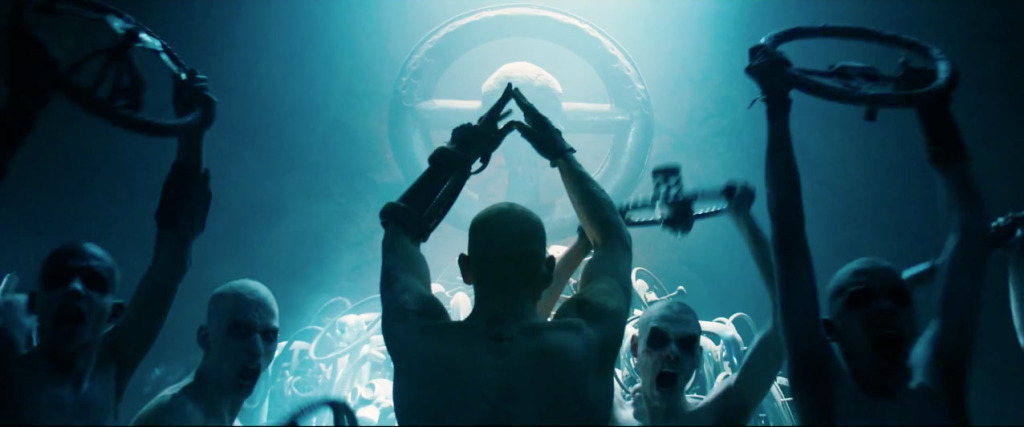Wouldn’t have a fucking clue how to do one myself – I may be a science fiction writer, but I’m also a technophobe with a generalised incompetence when it comes to matters of new media.
But, look, I do watch them from time to time; I’ve picked three that will edify.
The first, on Mad Max, unpicks an argument I’ve plastered across the comments section of other blogs repeatedly: Mad Max is mythical. That is, he’s a legend spoken of in hushed tones by story tellers of the post-apocalypse. Sure, in the first Mad Max film he’s real; it is the true story of Max. However, by the second film, The Road Warrior, we are being told the story by ‘The Feral Kid’; his recollections several decades later, when the boy has grown to be leader of his community. The third, Beyond Thunderdome, is narrated by ‘Savannah Nix’, again several decades after the incidents depicted in the film. Finally, Fury Road, while lacking a narrator, is clearly Furiosa’s story.
This is one of the reasons timelines do not match across the four films, and indeed do not have to match. Because Max is a symbol: the mythical stranger who helps those of the wasteland in times of their greatest need.
The next is for the Ghost in the Shell boffins (the 1996 film, of course). If you’ve seen the film you’ll understand most of the fundamentals: memory, individuality, the nature of the soul, mind-body duality, all that good stuff. The essay below offers a new angle – how our identity is constructed by the spaces we live in, internal and external.
One of NerdWriter’s best:
It has been a long time since I’ve watched Taxi Driver, so I can’t speak to the credibility of the arguments in this ‘Study of Masculinity and Existentialism’. However, it does seem to me to mount some strong arguments on how the director and writer (Martin Scorsese and Paul Schrader) set about trying to deconstruct masculinity.
Some cool references back to the classic, The Searchers, as well.
Okay, that’s it. I’ll be back with one of my own old-school essays soon.

